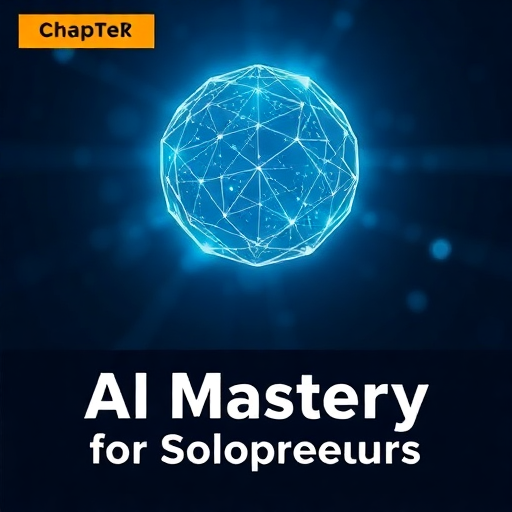
Identifying time-consuming tasks and bottlenecks
As a solopreneur, your time is your most valuable asset. Identifying time-consuming tasks and bottlenecks in your business operations is crucial for maximizing productivity and leveraging AI effectively. Start by conducting a thorough audit of your daily activities, tracking how you spend your time over the course of a week or two. This exercise will help you pinpoint which tasks are consuming the lion's share of your hours and potentially holding back your business growth.
Once you've identified your time-sinks, categorize them based on their importance and complexity. Some tasks may be essential but time-consuming, while others might be low-value activities that can be eliminated or automated. Pay special attention to repetitive tasks, data entry, customer inquiries, and content creation – these are areas where AI can often make a significant impact. By understanding your workflow bottlenecks, you'll be better equipped to select the right AI tools to address your specific needs and streamline your operations.